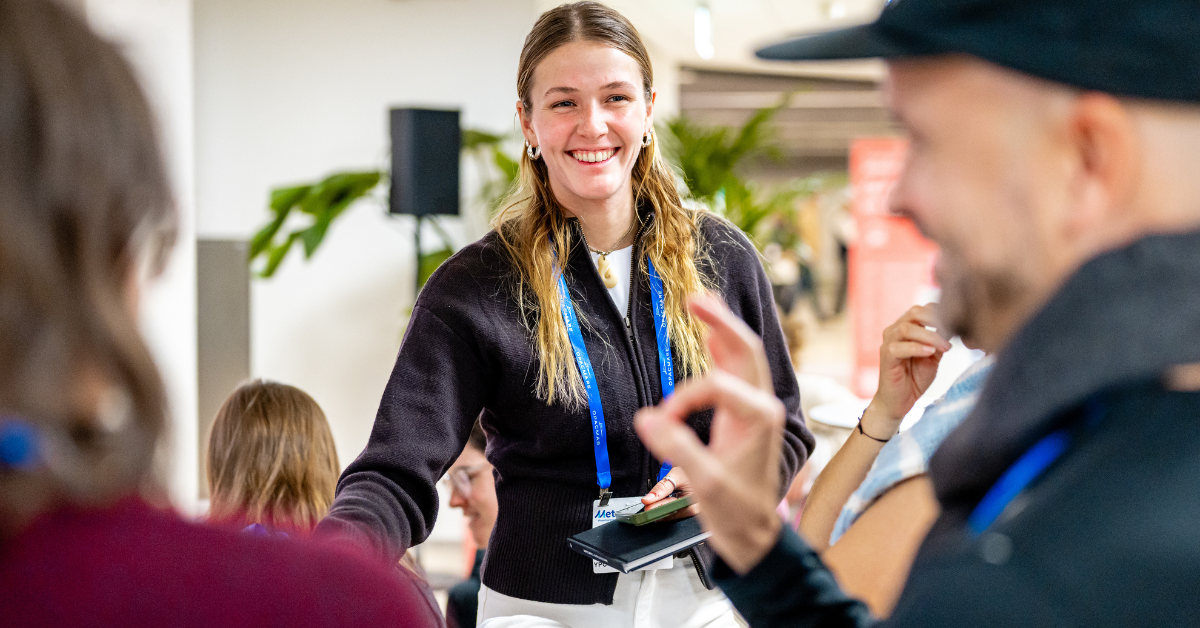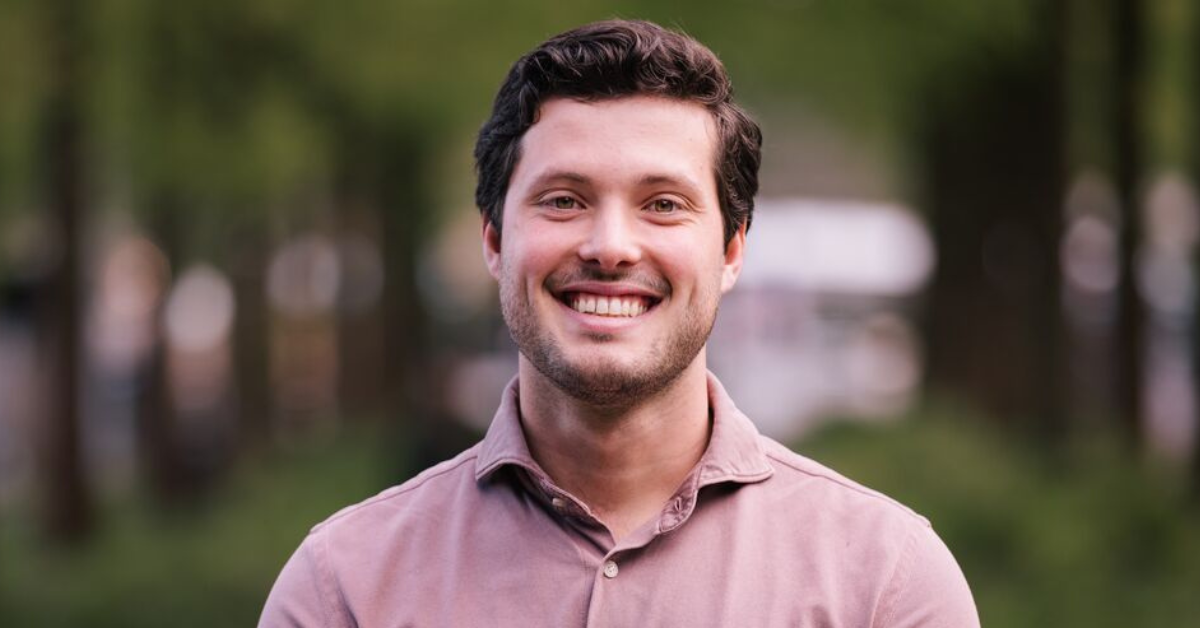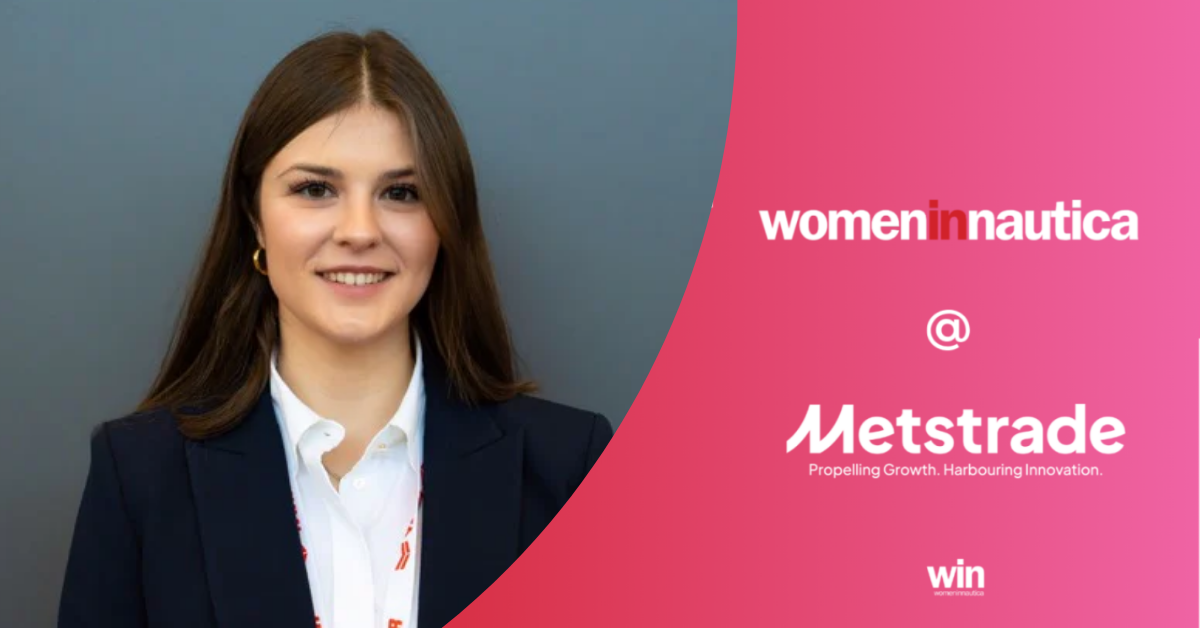The Circular Economy, what is it all about
 Peter Franklin
Peter Franklin
The opening Breakfast Briefing at last year’s METSTRADE show addressed the topic of the ‘Circular Economy’, and how it could make a positive impact on sustainability in the recreational marine industry.
The CE concept is designed to lead us away from the long established ‘Take, Make, Use and Dispose Model,’ and a year later Circular Economy concepts have continued to take huge leaps forward in the industrial world. This is being driven by entrepreneurs, corporations and academic institutions across all sectors, and in just about every region of the world.
At the forthcoming METSTRADE Show many of the exhibits and concepts being presented will be contributors to the Circular Economy in one way or another. A panel discussion taking place at the I-nnovation Stage area on Wednesday 15th November will also explore how our industry is progressing with CE concepts, and how they are likely to affect future developments.
Read all about the expert panel session here:
Sustainability sessions announced for METSTRADE Innovation Stage
www.metstrade.com METSTRADE 2017, which opens its doors in the RAI Amsterdam convention centre on Tuesday 14 November, will showcase its commitment to sustainability in the leisure marine industry. One of the key areas will be on the various items on the issue.One of the panelists on this session will be Shyaam Ramkumar who is the Knowledge & Innovation Manager, for Amsterdam based Circle-Economy, an organisation whose mission is to facilitate the practical and scaleable implementation of the Circular Economy across all industrial / commercial sectors.
Ellen MacArthur promotes the Circular Economy.
Rather appropriately for our industry, one of CE’s leading ambassadors is sailing legend Dame Ellen MacArthur, who cites her single-handed circumnavigation in 2004, and her reliance on finite resources for 72 days at sea, as her inspiration for starting her Circular Economy Foundation.
A good description of what CE actually means is the one used by Dame Ellen’s Foundation website:
‘A circular economy is one that is restorative and regenerative by design, and which aims to keep products, components and materials at their highest utility and value at all times, distinguishing between technical and biological cycles.’
The Ellen MacArthur Foundation commissioned a very comprehensive report back in 2012, which set out in detail how a switch to the Circular Economy could realise an estimated $340 billion a year of net savings in material costs that could be achieved just within the EU!
Seven key CE defining points.
Our friends at Circle-Economy have taken a more detailed look at defining the meaning of CE by mapping the various terms and definitions used by over 20 organisations who have been working on various elements of the topic as it has gained more acceptance in recent years. This includes NGOs, government agencies, academia, consultancies, etc.
After interpreting and grouping these various definitions, seven key elements emerged that define the majority of terms linked to the Circular Economy:
* Prioritise Regenerative Resources - Ensuring that renewable, reusable, non-toxic resources are utilised as materials and energy in an efficient way.
* Preserve and Extend What's Already Made - Making sure, that while resources are in-use, they are maintained, repaired and upgraded to maximise their lifetime and give them a second life through take back strategies when applicable.
* Use waste as a resource - Utilising waste streams as a source of secondary resources and recovering waste for reuse and recycling.
* Rethink the business model - This means considering opportunities to create greater value and align incentives through business models that build on the interaction between products and services.
* Design for the future - This element accounts for the systems perspective during the design process, to use the right materials, to design for appropriate lifetime, and to design for extended future use.
* Incorporate digital technology - Tracking and optimising resource use and strengthening connections between supply chain actors through digital, online platforms and technologies that provide insights.
* Collaborate to create joint value - It’s all about working together throughout the supply chain, internally within organisations and with the public sector to increase transparency and create joint value.
Knowledge Hub, revealing the power of CE.
Circle-Economy have created an easy to navigate data base called the Knowledge Hub, from which it is possible to learn how the Circular Economy is transforming specific industries and creating opportunities for cross-industry collaboration. It now contains over 750 inspiring case-history examples of the Circular Economy in practice, andit can be accessed here
Here are just a few examples from the CE Knowledge Hub that relate to our industry:
* Biobased sails - UK Sailmakers France, have introduced Titanium Blue® membrane sails that do not use petroleum based film (Mylar) as their skin material. By using organically-derived, cellulous-based films, the sails can be recycled at end-of-use by recapturing the reinforcing yarns from the fabric.
* Zero emissions cruising yacht - Arcona Yachts of Sweden, Oceanvolt Electric Engines of Finland, and UK Sailmakers have teamed up to create the first zero emissions cruising sailboat: the Arcona 380Z, where the “Z” stands for zero emissions.
Arcona Yachts of Sweden, Oceanvolt Electric Engines of Finland, and UK Sailmakers have teamed up to create the first zero emissions cruising sailboat: the Arcona 380Z, where the “Z” stands for zero emissions. Their combined...* 3D Printed boat hull - HanseYachts AG, have been working with VBS-print in order to create their newest yacht with a 3D printed 10-meter hull. The Hanse 3D15 will be printed using a wood filament, which is made up of 60% recycled wood with a polymeric binder.
Read more here:
World's First 10 Meter Long 3D Printed Yacht Hull | All3DP
All3DP A German yacht and motor boat manufacturer have announced that they are using 3D printing to create a 10 meter long hull.
A German yacht and motor boat manufacturer have announced that they are using 3D printing to create a 10 meter long hull.
For sure there are plenty more Circular Economy examples being developed in our industry right now. If you know of any please share some details in the comment box below.
We are looking forward to hear about them. Thank you.


